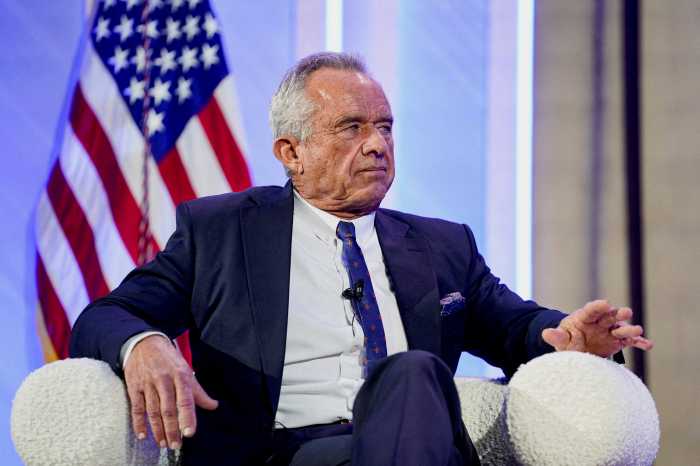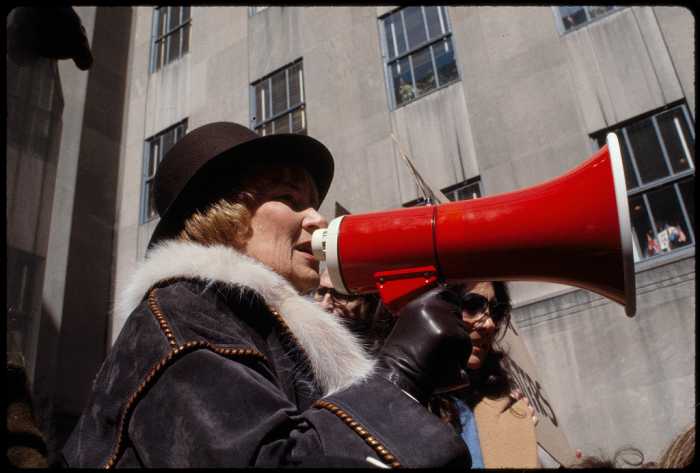Research has already indicated that metropolitan areas like San Francisco and New York City are home to significant numbers of same-sex couples, but what do the numbers show when those households are broken down between male-led same-sex households and female-led same-sex households?
It depends on how you look at it, but no matter how you slice it, but there are similarities and differences between male and female-led same-sex households, according to a new Census report evaluating data from 2020.
Looking at the counties with the largest number of households with same-sex couples, a key similarity is in Los Angeles County, which ranked number one in the country for female-female couples and male-male couples. Other areas on the top 10 lists for both male-male and female-female households included Maricopa, Arizona; Cook, Illinois; Harris, Texas; King, Washington; and San Diego, California.
But gender-based differences are clear when looking at other cities with significant numbers of female-led same-sex households. While Kings County (Brooklyn, New York) ranked seventh on the list of the most female-female households, it did not rank at all on the same list among male-male households. Instead, Manhattan ranked number two among counties with the most male-male households.
Other top 10 counties on the female-led household list included Alameda, California; Clark, Nevada; and Bexar, Texas. Others on the male-male household list included San Francisco, California; Broward, Florida; and Riverside, California.
Meanwhile, a separate but similar chart outlined the top 10 counties with the greatest share of same-sex households broken down by gender — and this measurement yielded more differences. For same-sex female households, Hampshire, Massachusetts led the way, followed by Multnomah, Oregon; Richmond, Virginia; Franklin, Massachusetts; Baltimore, Maryland, Tompkins (Ithaca), New York; St. Louis, Missouri; DeKalb, Georgia; the District of Columbia; and Buncombe, North Carolina.
The county with the greatest share of male-male couples was San Francisco, California, followed by the District of Columbia; New York, New York; Suffolk, Massachusetts; St. Louis, Missouri; Orleans Parish, Louisiana; Denver, Colorado; Fulton, Georgia; Richmond, Virginia; and Broward, Florida.
“This is the first time that we’ve looked at male-male and female-female same-sex couple households separately at the county level,” Lewis Liu, a Census spokesperson, told Gay City News in a written statement. “While we have collected data on same-sex couples previously, the 2020 Census was the first Census where we had separate relationship response categories of “same-sex husband/wife/spouse” and “same-sex unmarried partner,” making this an ideal time to look at male and female same-sex couples at lower levels of geography.”
Male same-sex households represent a greater share of coupled households than female same-sex households, according to the Census. In San Francisco, which has the greatest share of same-sex male households, male-male households represent about 6% of the population, while female same-sex households make up 4% of Hampshire, Massachusetts, which boasts the greatest share of female-led same-sex households in America.
In another example, 5.7% of Washington, DC consists of male-male same-sex households compared to 2.3% for female-female same-sex households.
The report, released Aug. 21, comes three years after the Census released a report showing a broader overview of the concentration of same-sex households in the United States. That report showed that same-sex couples represented 2.8% of all coupled households in San Francisco, followed by Portland, Oregon, at 2.6%. Other cities on the top 10 list were Seattle, Washington; Orlando, Florida; Austin, Texas; Miami/Fort Lauderdale, Florida; Boston, Massachusetts; Denver, Colorado; Phoenix, Arizona; and Baltimore, Maryland.
Notably, neither the latest report nor the 2021 report offered data on the gender identity — or the sexual orientation — of the people in those households. It is not clear which percentage of couples included trans or non-binary individuals or people who are bisexual, pansexual, or other sexual orientations.



































